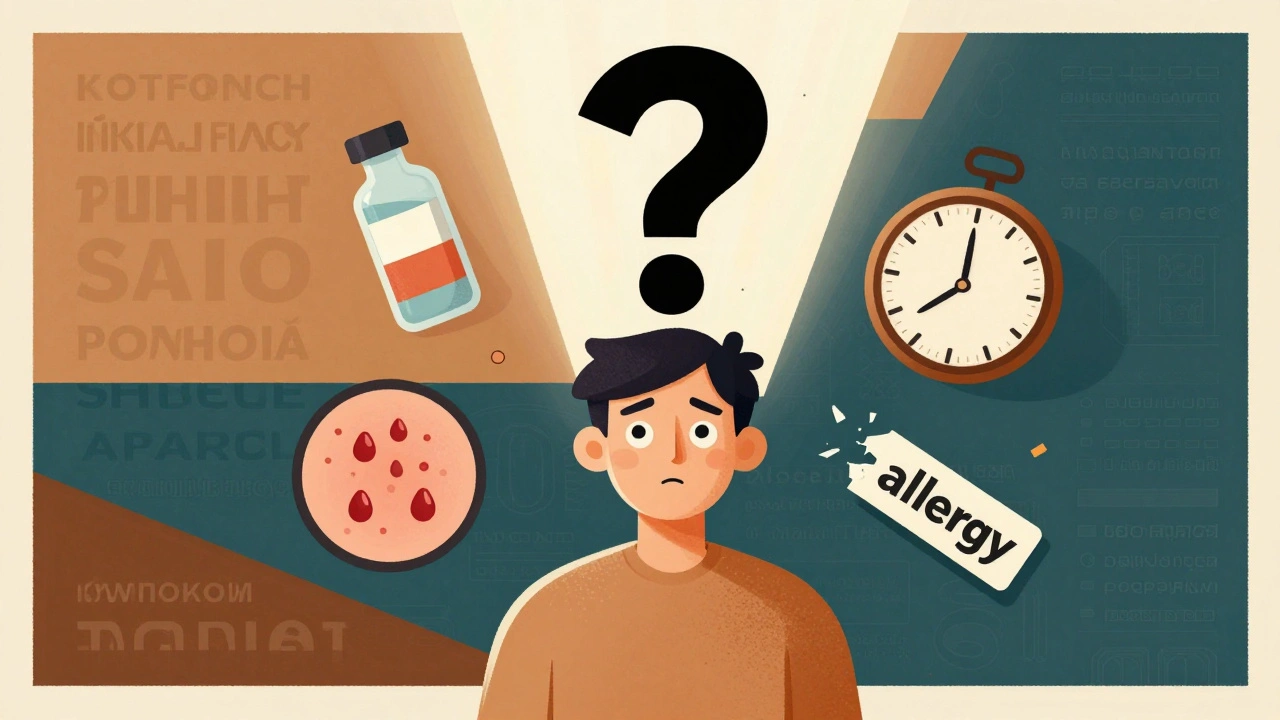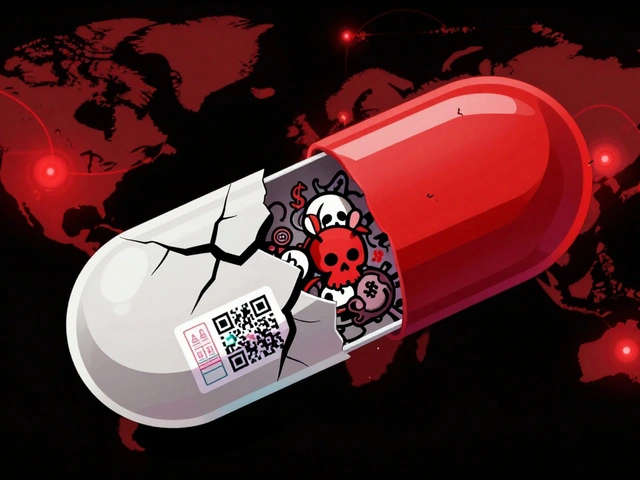Penicillin Allergy: What You Need to Know
If you’ve ever taken a shot of penicillin and felt weird afterward, you might be dealing with an allergy. Knowing the signs, how doctors confirm it, and which drugs are safe can keep you from nasty reactions.
Recognizing Symptoms
Allergic responses show up in two main ways: skin trouble or systemic issues. A rash that looks like hives, itchy bumps, or swelling around the face usually means your body is reacting. Some people get a fever, stomach cramps, or even shortness of breath. If you ever notice wheezing, tight throat, or dizziness after a penicillin dose, call emergency services right away – those are signs of anaphylaxis.
Timing matters too. Mild skin reactions can appear hours or even days later, while severe breathing problems often happen within minutes. Keep a note of when the drug was taken and what symptoms followed; that helps your doctor pin down the cause.
Testing & Diagnosis
The safest way to confirm an allergy is through skin testing at a clinic. A tiny amount of penicillin derivative is placed on your arm, then pricked. If you develop a red bump, it’s a positive sign. Doctors may also do a blood test that looks for specific antibodies (IgE) linked to the drug.
Sometimes doctors skip tests and rely on your history, especially if you’ve had a severe reaction before. But if you’re unsure or need penicillin for a serious infection, asking for a formal test is worth it – it can prevent unnecessary avoidance of an effective antibiotic.
While waiting for results, avoid all penicillin‑type drugs (penicillins, amoxicillin, clavulanate combos). Read labels carefully and tell every pharmacist about your allergy.
If you need an antibiotic, there are plenty of safe options. Macrolides like azithromycin or clarithromycin work well for many infections. Doxycycline and levofloxacin are other choices, but each has its own side‑effects profile, so discuss them with your doctor.
When a penicillin allergy is confirmed, wear a medical alert bracelet. It saves time in emergencies and reminds healthcare workers of the restriction.
In everyday life, keep a simple list: "Penicillin allergy – avoid amoxicillin, ampicillin, cloxacillin". Store it on your phone or in a wallet so you can show it at any medical appointment.
Bottom line: Spot the rash or breathing trouble early, get tested if you’re not sure, and use alternative antibiotics safely. With these steps, you stay protected without missing out on effective treatment.







